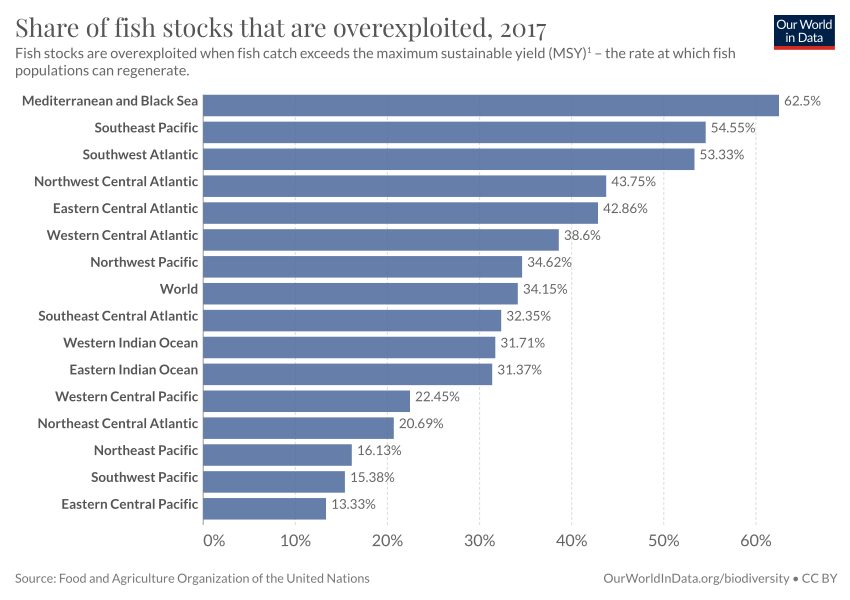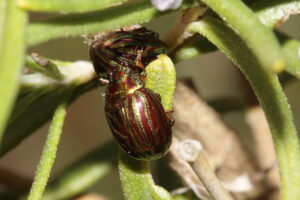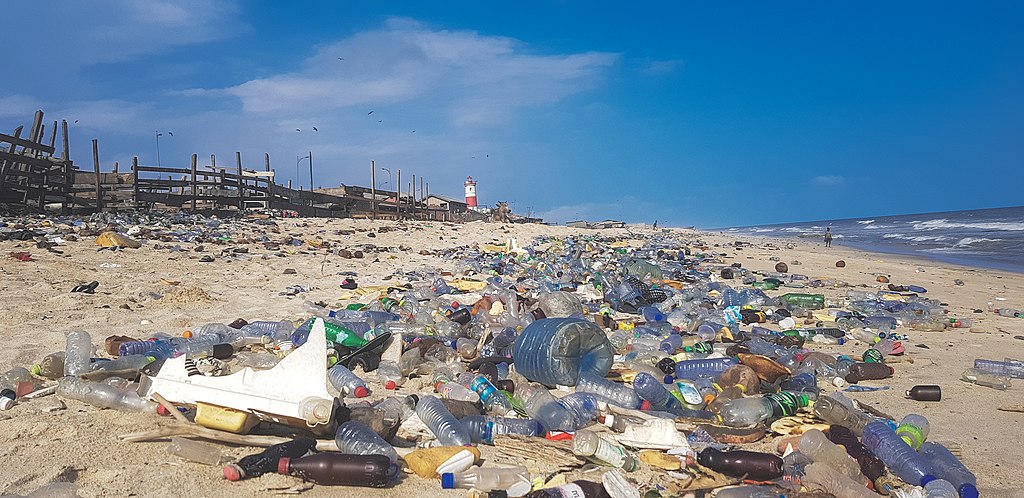The Biodiversity Crisis
The biodiversity crisis is a rapidly unfolding global phenomenon marked by unprecedented rates of species extinction. While extinction is a natural part of life’s history, with species continuously emerging and disappearing over geological time scales, current extinction rates are alarmingly high. This pattern reflects profound changes in the way ecosystems function and directly threatens the ecological services that sustain human societies.
Extinction is a natural process driven by several factors. Throughout Earth’s history, species have gone extinct due to environmental changes, competition, predation, disease, and stochastic events. Paleontological records show that over 99% of all species that ever existed are now extinct. This natural turnover has led to continuous evolutionary adaptations and the diversification of life. In geological history, mass extinctions—periods characterized by the loss of a significant proportion of species over relatively short periods—have punctuated natural extinction rates. Five such mass extinction events are recognized, including the end-Permian event (~252 million years ago), which wiped out over 90% of marine species, and the more recent Cretaceous-Paleogene event (~66 million years ago) that led to the extinction of the dinosaurs.
In stark contrast to the natural baseline, the current extinction rate is estimated to be 100 to 1,000 times higher than historical averages. This accelerated rate is largely attributed to human activities. Unlike past mass extinctions, which resulted from catastrophic natural events like volcanic eruptions or asteroid impacts, the present crisis is primarily driven by anthropogenic causes:
1. Habitat Destruction and Fragmentation: Urbanization, agriculture, logging, and infrastructure development continue to destroy and fragment habitats, reducing biodiversity by displacing species and disrupting ecological connectivity.

2. Overexploitation: Unsustainable hunting, fishing, and logging deplete species populations, leading to localized extinctions.

3. Invasive Species: Non-native species introduced by human activity often outcompete, predate, or spread disease to native species, causing their decline.

4. Pollution: Industrial, agricultural, and urban pollution harms both terrestrial and marine life, while climate change exacerbates the effects of pollution.

5. Climate Change: Rapid changes in temperature, precipitation patterns, and extreme weather events due to climate change challenge species’ ability to adapt, causing population declines.

Media Attributions
- After the Rainforest © Rod Waddington is licensed under a CC BY-SA (Attribution ShareAlike) license
- Share-of-fish-stocks-overexploited_(OWID_0995)(1) © Our World In Data is licensed under a CC BY (Attribution) license
- rosemary beetle © gbohne is licensed under a CC BY-SA (Attribution ShareAlike) license
- 1024px-Plastic_Pollution_in_Ghana © Muntaka Chasant is licensed under a CC BY-SA (Attribution ShareAlike) license
- © Environmental Protection Agency (EPA) is licensed under a CC BY-SA (Attribution ShareAlike) license

